As I held the baby in my arms, in this Indonesian garbage dump, I realized my calling on earth was to serve.
New Years Day 2002: My Epiphany in Bali (May 25, 2022)
New Years Day 2002: My Epiphany in Bali (May 25, 2022)
Richard Beale: “Vanished Groves Of Chestnut Hill.” Woodcut, 22″ tall 18.75″ wide, signed, 20/100.
New York, N.Y. Richard Beale is a Postwar & Contemporary artist.
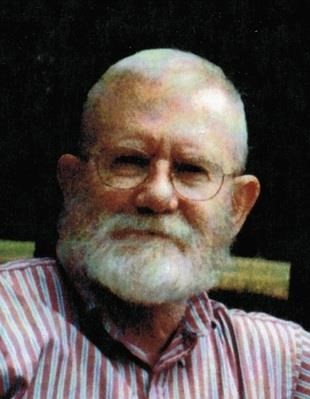
Remembering My Uncle Richard Beale, Artist & Professor of Art (May 25, 2022)
Follow Jim Luce on Facebook, Instagram, LinkedIn, TikTok, and X (Twitter).
© 2024 The Stewardship Report on Connecting Goodness – Towards Global Citizenship is published by The James Jay Dudley Luce Foundation Supporting & Educating Young Global Leaders is affiliated with Orphans International Worldwide, Raising Global Citizens. If supporting youth is important to you, subscribe to J. Luce Foundation updates here.
ABOUT Addiction Advice Africa Africa – South Africa – West Americas & Caribbean Analysis Animals & Animal Rights Anthropology Architecture Asia – East Asia-Pacific Asia – South Asia – Southeast Authoritarianism Available Content Biography Calendar Celebrity Children Childrens' Literature China (PRC) Cities & Urban Development Corporations Cuisine & Culinary Arts CULTURE Dance Disaster & Development Economics Education Europe Events Extremism Eyewitness Faith, Religion & Theology Family & Relationships Fashion Film & TV Global Warming Goodness Gun Control Health & Hygiene Heros of Democracy History Human Rights Humor Immigration & Migration In Depth International Relations Jim Luce Writes Law & Judicial System Leadership Liberation Movements Media Mental Health Mideast Monthly Feature Museums & Galleries Music Nature News Obituary Older Adults Open Orphans International Outer Space Pacific Islands Peace & Conflict Resolution Philanthropy Philosophy Photography Poetry & Fiction Politics Pop Culture Poverty Press Pulse Profiles Racisim & Black Lives Matter Review Royalty Science & Technology Service Organizations Sexuality & Gender Social Media Sports & Olympics The Arts Theater & Comedy Travel U.N. U.S. Video Viewpoint War, Conflict & Terrorism Women WORLD World War II World War III Youth
Jim Luce presents a deeply personal and meticulously researched exploration of history’s most consequential conflict. Drawing from both extensive historical analysis and intimate family connections—his father and uncles all served in the war—Luce examines the pivotal moments, forgotten heroes, and enduring lessons of World War II through a unique lens that bridges scholarly rigor with human experience. From the liberation of Dachau to the diplomatic complexities of wartime leadership, this collection spans over a decade of Luce’s compelling writing, offering readers fresh perspectives on both well-known events and overlooked chapters of the war that continue to shape our world today.
The Unisphere in Flushing Meadows – Corona Park, New York City.

Follow Jim Luce on Facebook, Instagram, LinkedIn, TikTok, and X (Twitter).
© 2024 The Stewardship Report on Connecting Goodness – Towards Global Citizenship is published by The James Jay Dudley Luce Foundation Supporting & Educating Young Global Leaders is affiliated with Orphans International Worldwide, Raising Global Citizens. If supporting youth is important to you, subscribe to J. Luce Foundation updates here.
Jim Luce’s exploration of women’s empowerment reflects his broader commitment to examining leadership and social justice through the lens of transformative change. As a writer whose work spans themes of thought leadership and global citizenship, Luce approaches women’s empowerment not merely as a policy issue but as a fundamental cornerstone of democratic society and human progress. Women’s empowerment, as he recognizes, is a critical aspect of achieving gender equality that encompasses increasing a woman’s sense of self-worth, her decision-making power, her access to opportunities and resources, her power and control over her own life inside and outside the home, and her ability to effect change. Through his writing, Luce examines how empowering women creates ripple effects that strengthen communities, economies, and democratic institutions, understanding that when women are given the tools and opportunities to lead, they become catalysts for broader social transformation. His work in this area continues his mission of profiling leaders and movements that shape our collective future, recognizing that gender equality is not just a women’s issue but a societal imperative that benefits everyone.

Follow Jim Luce on Facebook, Instagram, LinkedIn, TikTok, and X (Twitter).
© 2024 The Stewardship Report on Connecting Goodness – Towards Global Citizenship is published by The James Jay Dudley Luce Foundation Supporting & Educating Young Global Leaders is affiliated with Orphans International Worldwide, Raising Global Citizens. If supporting youth is important to you, subscribe to J. Luce Foundation updates here.
x
From officiating his first wedding ceremony on Long Island to exploring the deeper questions of love through poetry and film, Jim Luce offers intimate reflections on the many facets of love and marriage. This collection captures both personal milestones and universal truths, weaving together ceremonial moments, lyrical meditations under summer moons, and thoughtful examinations of what it means to find beauty and meaning in partnership. Through written word and visual storytelling, Luce invites readers into a contemplative journey that celebrates love in its various forms—from the sacred vows he helps others exchange to the artistic expressions that emerge from his own relationship with partner Bix Luce.

Follow Jim Luce on Facebook, Instagram, LinkedIn, TikTok, and X (Twitter).
© 2024 The Stewardship Report on Connecting Goodness – Towards Global Citizenship is published by The James Jay Dudley Luce Foundation Supporting & Educating Young Global Leaders is affiliated with Orphans International Worldwide, Raising Global Citizens. If supporting youth is important to you, subscribe to J. Luce Foundation updates here.
Dr. Judy Kuriansky, Psychology Coalition of NGOs at the U.N. Photo: Asa Mathat/World Health Organization.
Dr. Judy Kuriansky (Luce 89?)
With our good friend Dr. Judy Kuriansky at the Military Ball of the Soldiers’, Sailors’ and Airmen’s Club, Pierre Hotel, NYC, Oct. 5, 2012.
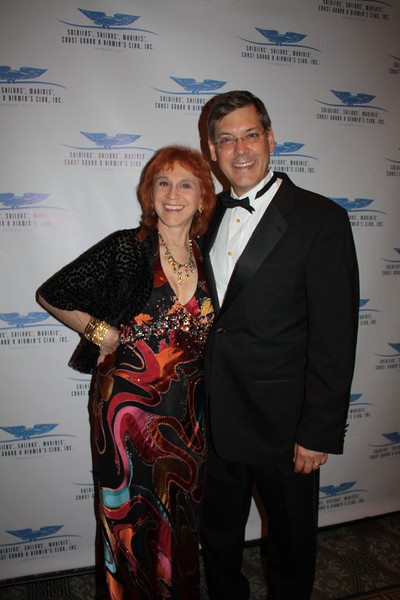
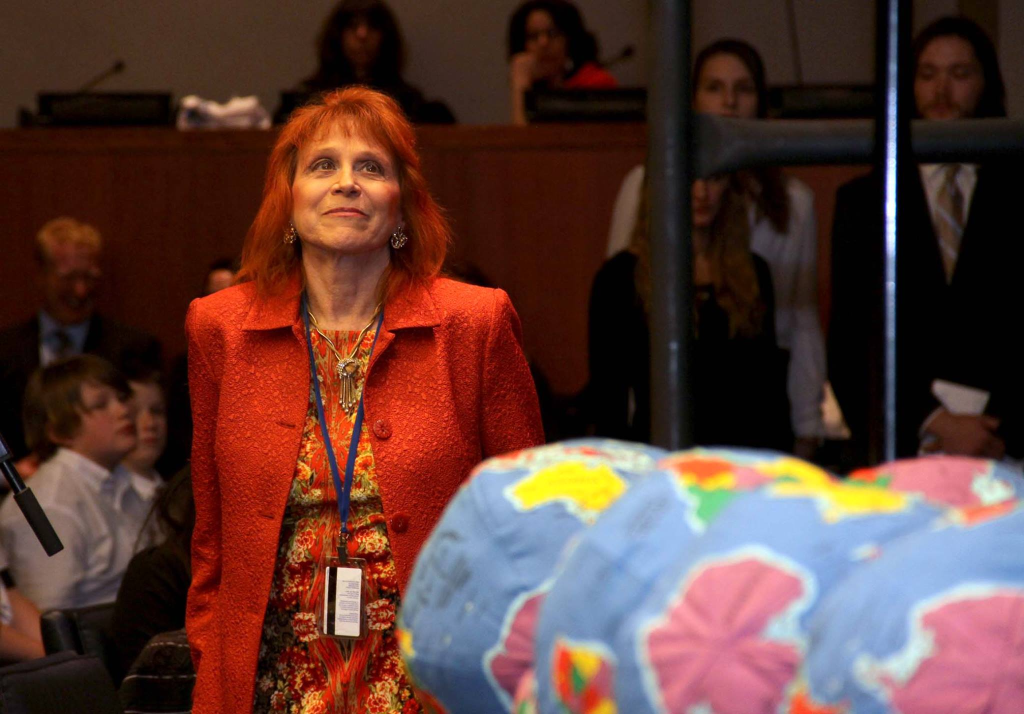
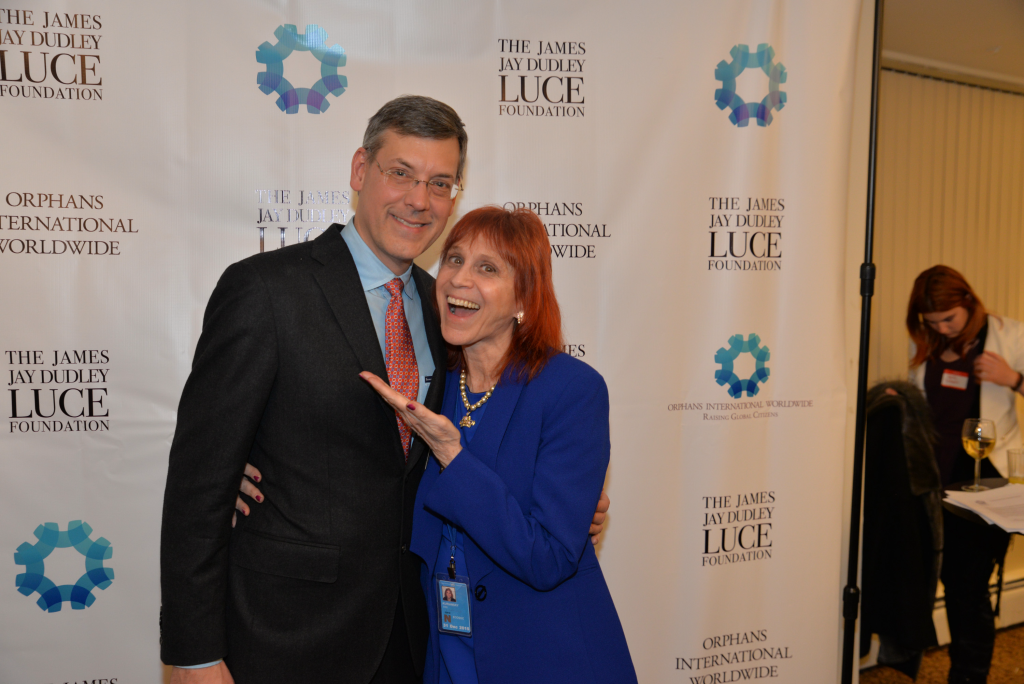
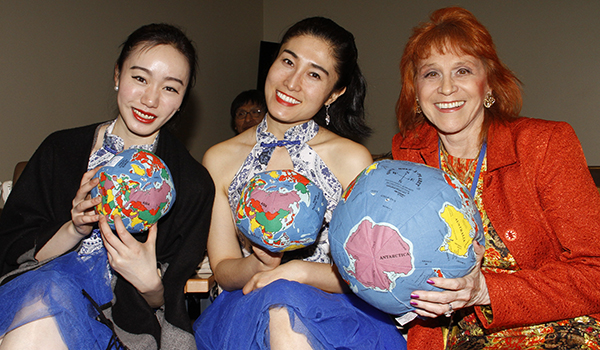
Dr. Judy Kuriansky, Global Advisor to our Foundation (May 24, 2022)
[draft]
New York, N.Y. Our friend and member of the New York Global Leaders Lions Club [link] Don Ho, his mother, 100-year old regular on Law and Order, Norma Chu, and J. Luce Foundation Young Global Leader XXX.
Celebrating Three Generations of Chinese-Americans in New York
Spanning North, Central, and South America, as well as the Caribbean, the indigenous peoples of the Americas have shaped the continent’s history for over 12,000 years, cultivating diverse societies, languages, and civilizations from the Arctic to the Andes. Through his writing, Jim Luce explores the enduring legacies, cultural richness, and contemporary challenges of Native Americans and indigenous communities across the hemisphere. From the ancient city of Cahokia to the vibrant traditions of today’s tribal nations, Luce highlights the resilience, wisdom, and contributions of indigenous peoples, reminding readers of their foundational role in the story of the Americas.

NativeAmerica #IndigenousPeoples #JimLuce #NativeAmericanHistory #FirstNations #CulturalHeritage
#Americas #TribalNations #IndigenousVoices #NorthAmerica #CentralAmerica #SouthAmerica
Follow Jim Luce on Facebook, Instagram, LinkedIn, TikTok, and X (Twitter).
© 2024 The Stewardship Report on Connecting Goodness – Towards Global Citizenship is published by The James Jay Dudley Luce Foundation Supporting & Educating Young Global Leaders is affiliated with Orphans International Worldwide, Raising Global Citizens. If supporting youth is important to you, subscribe to J. Luce Foundation updates here.
Map of the globe with a focus on trade and expansion, c. 1565, based on an earlier map by Giacomo Gastaldi. Image credit: Library of Congress.
History serves as the foundation upon which our understanding of the world is built, offering invaluable lessons from the past that guide our present and future. The famous adage, “Those who cannot remember the past are condemned to repeat it,” by philosopher George Santayana, underscores the critical importance of remembering and studying history. By examining the successes and failures of previous generations, we gain insights that help us avoid repeating the same mistakes, fostering a more informed and enlightened society.

Follow Jim Luce on Facebook, Instagram, LinkedIn, TikTok, and X (Twitter).
© 2024 The Stewardship Report on Connecting Goodness – Towards Global Citizenship is published by The James Jay Dudley Luce Foundation Supporting & Educating Young Global Leaders is affiliated with Orphans International Worldwide, Raising Global Citizens. If supporting youth is important to you, subscribe to J. Luce Foundation updates here.
ABOUT Addiction Advice Africa Africa – South Africa – West Americas & Caribbean Analysis Animals & Animal Rights Anthropology Architecture Asia – East Asia-Pacific Asia – South Asia – Southeast Authoritarianism Available Content Biography Calendar Celebrity Children Childrens' Literature China (PRC) Cities & Urban Development Corporations Cuisine & Culinary Arts CULTURE Dance Disaster & Development Economics Education Europe Events Extremism Eyewitness Faith, Religion & Theology Family & Relationships Fashion Film & TV Global Warming Goodness Gun Control Health & Hygiene Heros of Democracy History Human Rights Humor Immigration & Migration In Depth International Relations Jim Luce Writes Law & Judicial System Leadership Liberation Movements Media Mental Health Mideast Monthly Feature Museums & Galleries Music Nature News Obituary Older Adults Open Orphans International Outer Space Pacific Islands Peace & Conflict Resolution Philanthropy Philosophy Photography Poetry & Fiction Politics Pop Culture Poverty Press Pulse Profiles Racisim & Black Lives Matter Review Royalty Science & Technology Service Organizations Sexuality & Gender Social Media Sports & Olympics The Arts Theater & Comedy Travel U.N. U.S. Video Viewpoint War, Conflict & Terrorism Women WORLD World War II World War III Youth
October 15, 2018
Dharamshala, India. The office was simpler than I expected, and security less stringent. The man himself was less of a foreigner. In fact, he is as American as I am, having graduated from Harvard Law School and lived with his family in Boston for fifteen years.
I joked with him that we had something in common: my ancestor Thomas Dudley had co-founded Harvard, but unlike the Tibetan president, I was not smart enough to get in.
PHOTO
In 1959, the year Cuba declared Independence, Alaska and Hawaii joined the United States, His Holiness the Dalai Lama fled Tibet under Chinese Occupation and, with the help of TITLE Nehru, founded the Tibetan Government in Exile in India.
Today it is simply called the “Tibetan Central Administration,” and Lobsang Sangay, J.D., serves as its president. Like our friend Hon. Palitha Kohona of Sri Lanka, Lobsang returned from abroad to serve his nation.
Lobsang Sangay was extraordinarily gracious as he welcomed Dr. Kazuko and I into his office, addressing Dr. Kazuko with deference. “Long-term friends like you have sustained the Tibetan cause,” he said. He then went on to expound on how the Red Sox were superior to the Yankees. Not the conversation I was expecting!
PHOTO
Lobsang Sangay (Tibetan: བློ་བཟང་སེང་གེ་, “kind-hearted lion”; born September 5, 1968) is a Tibetan politician who is the Sikyong (President) of the Tibetan-government-in-exile, officially known as Central Tibetan Administration (CTA) since 2012 and previously served as Kalön Tripa from 2011 to 2012. Following his election, at the request of the 14th Dalai Lama, the Tibetan parliament-in-exile amended the organisation’s bylaws to remove the Dalai Lama’s executive authority, making Lobsang Sangay its highest leader. In 2012, to reflect this change, Lobsang Sangay’s title as chief executive was changed from kalön tripa (“prime minister”) to sikyong (“ruler” or “regent”).
Sangay was born in Darjeeling, India and studied international law and democracy at Harvard University.[1] and holds American citizenship.[2]
Early life and education[edit]
Sangay was born in a refugee community in Darjeeling, India in 1968, with a typical Shichak (settlement) background amidst fields, cows and chickens, fetching wood in the forest and helping his parents’ small business, including selling winter sweaters.[3][4] After graduating from the Tibetan school in Darjeeling, Sangay received his B.A. (Hons) and LL.B. degrees from the University of Delhi in India. In 1995, the then Kashag offered a Fulbright Scholarship spot to him at Harvard Law School for his role in Chushi Gangdruk affairs, where he subsequently received his LL.M. degree the same year.[5] Sangay spent 15 years at Harvard University.[6]
Academic career[edit]
In 2003, Sangay organized five conferences between Chinese and Tibetan scholars, including a meeting between the Dalai Lama and thirty-five Chinese scholars at Harvard University.[7]
In 2004, he became the first Tibetan to earn a S.J.D. degree from Harvard Law School[8] and was a recipient of the 2004 Yong K. Kim’ 95 Memorial Prize[8] for excellence for his dissertation, Democracy in Distress: Is Exile Polity a Remedy? A Case Study of Tibet’s Government-in-exile.[5] In 2006, Sangay was selected as one of the twenty-four Young Leaders of Asia by the Asia Society, a global organization working to strengthen relationships and promote understanding among the people, leaders and institutions of Asia and the United States. Funded by Hao Ran foundation, Sangay was a Senior Fellow at the East Asian Legal Studies Program at Harvard Law School through 2011. He is an expert in Tibetan law and international human rights law.
Sikyong: 2011–present[edit]
On 10 March 2011, the 14th Dalai Lama proposed changes to the exile charter to remove his position of authority within the organisation and devolve his political power to the elected leader, thus making the Kalön Tripa (or Chief Minister) the highest-ranking officeholder. These changes were ratified on 29 May 2011,[6] even though, according to Sangay, there was “a high level of anxiety among Tibetans” over the Dalai Lama’s decision to relinquish his own political authority.[9]
On 27 April 2011 Sangay was elected Kalön Tripa of the Tibetan Government in Exile.[10][11][12] Sangay won 55% of the votes, defeating Tenzin Tethong (37.4%) and Tashi Wangdi (6.4%). 83,400 Tibetans were eligible to vote and 49,000 ballots were cast.[12] On 8 August 2011, Sangay took the oath of office, succeeding Lobsang Tenzin as Kalön Tripa. In a statement at the time, the Dalai Lama referred to Lobsang Sangay as Sikyong; and the title was officially changed from Kalön Tripa to Sikyong in September 2012.
In his role as Sikyong, Sangay has emphasized the importance of seeking a peaceful, non-violent resolution of the Tibet issue. He has supported the Dalai Lama’s call for a so-called “Middle Way” approach “that would provide for genuine autonomy for Tibet within the framework of Chinese constitution.” Noting that China has established “one country, two systems” mechanisms in Hong Kong and Macau, he has argued that it makes no sense for China to continue to resist a similar solution for Tibet, which, he emphasizes, would be a “win-win” result.[13]
In February 2013, he gave the first annual lecture of the Indian Association of Foreign Affairs Correspondence. Expressing concern about the possible ripple effects of recent acts of armed rebellion in west Asia, he called for the international community to strengthen its endorsement of non-violent approaches to oppression. “If non-violence is the right thing to do,” he emphasized, “we ought to be supported by the international community.” Noting the media attention given to armed Syrian “freedom fighters,” he said: “Tibetans have been democratic and non-violent for the last so many decades, how come we don’t receive similar support and attention?”[14]
Sangay made a statement on 10 March 2013, the 54th anniversary of the Tibetan National Uprising Day, in which he paid tribute to the “yearning for freedom” that inspired “the epochal events of March 10, 1959,” and dedicated the anniversary of those events “to all the self-immolators and those who have died for Tibet.” He also restated his dedication to the “Middle Way Approach,” expressing hope that a “speedy resolution” by China of the Tibet issue could “serve as a model for other freedom struggles” and “be a catalyst for moderation of China.”[15]
In January 2017, outgoing US ambassador to India, Richard Verma, hosted Lobsang Sangay for a dinner along with an Indian minister and Richard Gere, an event that angered China.[16][17]
Personal life[edit]
Sangay has been married for 23 years to Kesang Yangdon Shakchang, whose parents were from the Lhokha and Phare area. They have a thirteen-year-old daughter.
His father died in 2004.
Lobsang Sangay holds a United States passport,[18] which means he holds American citizenship.[2]
Awards and honors[edit]
Sangay was awarded Presidential Medal award by Salisbury U, Maryland, USA on 13 October 2015.[19]
He received the Gold Medal of the College Historical Society of Trinity College Dublin for Outstanding Contribution to Public Discourse by the Auditor of the Society, Ms Ursula Ni Choill.[20]
Penpa Tsering Controversy[edit]
On 7 November 2017, the Kashag (the CTA’s executive, which Sangay heads) dismissed a long-serving Tibetan diplomat, Mr. Penpa Tsering, from the important post of Representative at the Office of Tibet in Washington DC. The former education minister, Ngodup Tsering was appointed to take the position effective 1 December 2017. No clear justification for the dismissal and replacement was initially provided by the Kashag.[21] On 18 November 2017 the Kashag released a 10-point statement of clarification detailing their reasons for dismissing Penpa Tsering.[22] A New York-based Tibetan man writing under the pseudonym “Mila Rangzen” called for a mass protest against the Tibetan exile government on 27 November 2017 to demand justice for the ousted diplomat.[23] The settlement officer of Dharamsala released a statement urging peace in the streets.[24] Nevertheless, on 27 November 2017, a protest took place in Dharamsala near the CTA offices.[25]
Sikyong Dr. Lobsang Sangay addressed an audience at Samast Bharat Excellence Award, 2018 on May 24, 2018 at Devdar hotel in Khanyara, Dharamshala.[26]
My mother, Frances Dudley Alleman-Luce, standing in front of the cottage she would rent each summer.
xxx
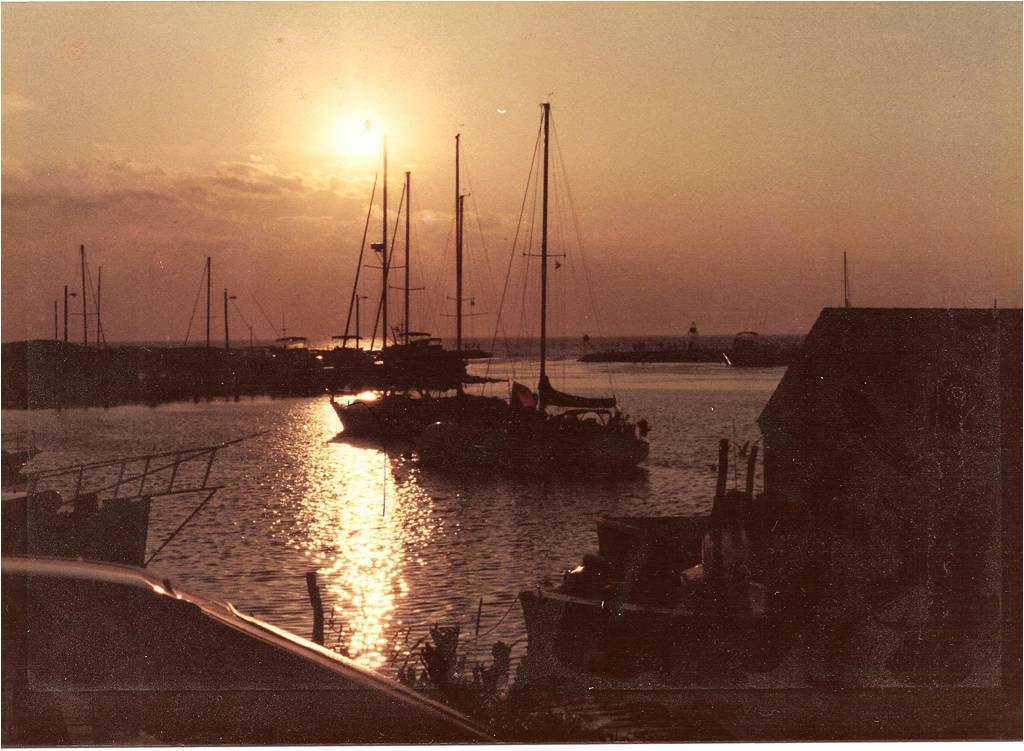
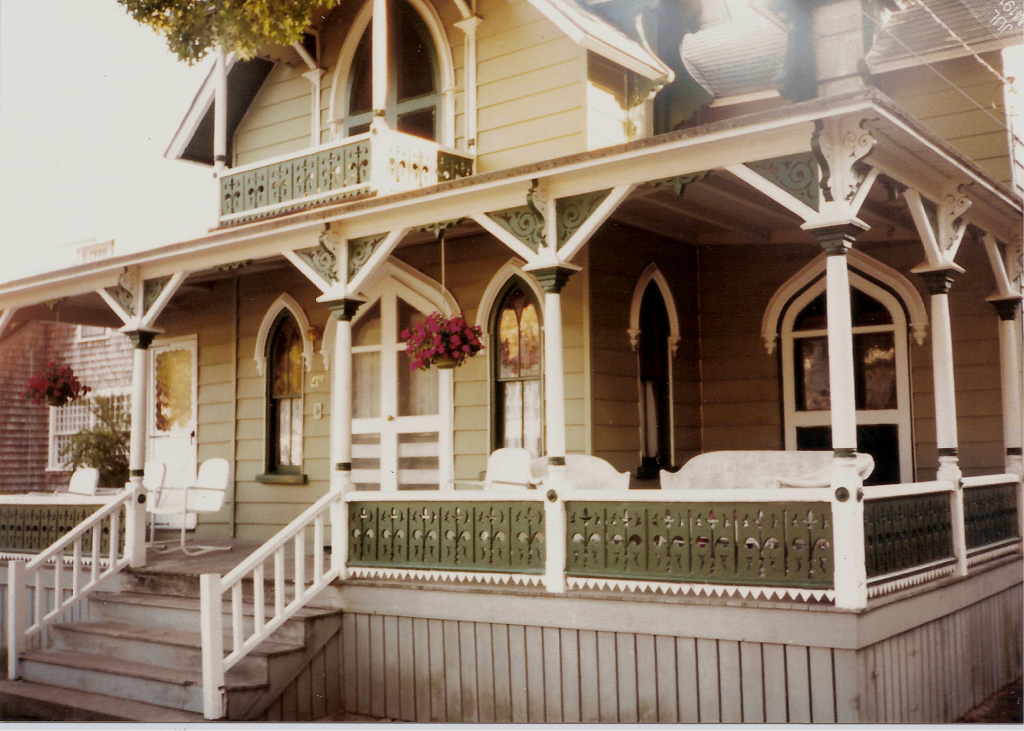
xxx
xxx

